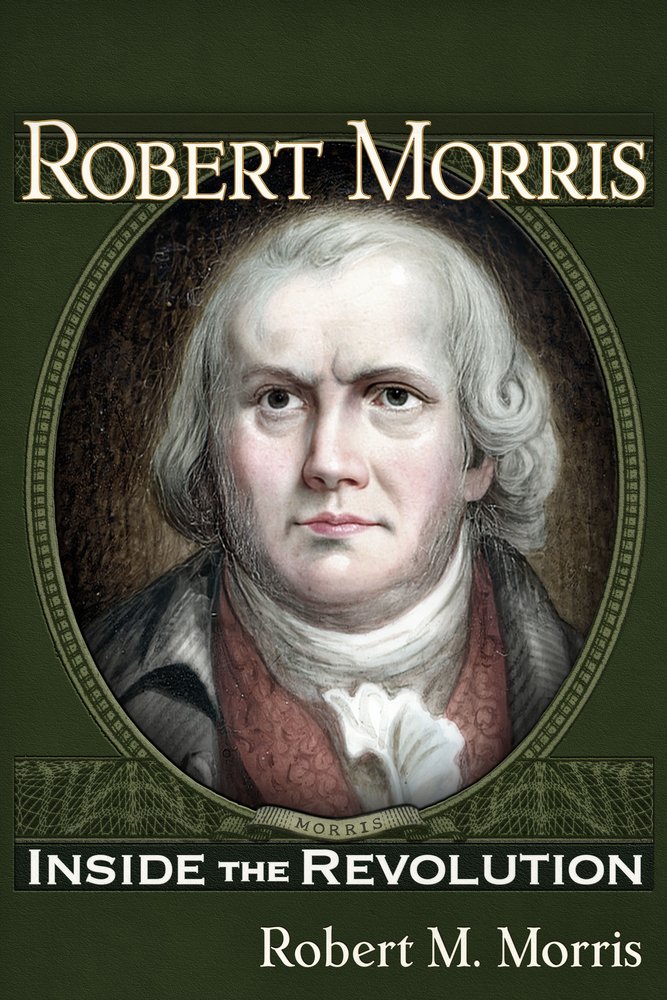Robert Morris
Inside the Revolution

“a cogent, complex look at the American Revolution” – Kirkus Reviews
Morris in one year put up more money for the war than all the states combined. The spirit of risk and economic freedom that he championed – laissez-faire capitalism, a radical idea – helped us win the war (and gave rise to our modern system). He coordinated the French Fleet and Washington's arrival at Yorktown. He got rid of religious test laws, and signed all three founding documents. His enemies won the election of 1800 and wrote him out of the story. Only Washington was more indispensable.

Robert M. Morris (b. 1954) is an entrepreneur and inventor. He started his career at 19, when, during his college years at BU, he spent a summer in England, and produced a documentary film on Falconry. After graduating with a degree in Broadcasting and Film, he began producing videos at Harvard University, and then he worked at WGBH-TV Boston. He became interested in interactive media technology during a visit to the MIT Media Labs back in 1978. He studied computer technology and went on to be a project manager for a videodisc company in Philadelphia, PA. working on projects for Bell Atlantic, Smith Kline, and Children's Medical Services of Florida.
After gaining his masters degree from Villanova U. in 1986, he founded V_Graph Inc. That year, before Apple's HyperCard, his two-man company developed the first commercial multimedia system, VirtualVideo. An example can be found in the Smithsonian. Dubbing themselves as "The World's Smallest Software Giant", V_Graph worked with the Federal Aeronautics Administration, the US Naval Academy, Dupont, Adria Labs, Bell Atlantic, and other Fortune 500 companies. Eventually they found a publisher for VirtualVideo. Their software was renamed Tempra Show, and over half a million copies went out into the world. Staying independent, V_Graph Inc. continued to innovate, and created a new software system they named O-Zone, the Object Zone, for which they got a patent, 5,862,372.
As the Internet became more prominent, in 1995, they developed and sold a product called Web Widgets. It had a component web browser so users could include Internet content in their applications. This was long before Internet Explorer adopted similar technology. V_Graph Inc. was later awarded three other patents: 5,960,406; 7,185,316; and 8,621,432. All of these patents were eventually sold to Google. The last two patents cover technology that make “apps” used in cell phones possible today.
In the late 1990's Rob co-founded eCal, an internet calendar and appointment company which, in 1999, had about 7,000,000 visitors per day, or about 2.5% of US Internet users at the time. Rob was awarded another patent for that system, 5,960,406. That was before the dot-com crash ruined the fun. Shortly after that, the author became interested in the house where his ancestor lived in Philadelphia. That house was torn down long ago, and the US Park Service replaced it with a public toilet. Rob championed the construction of a national memorial at the site, which is now known as "The President's House" because Washington and Adams lived there during their Presidential terms. It sits in Independence Mall, near the Liberty Bell. His study of the Revolutionary Period resulted in this book.
